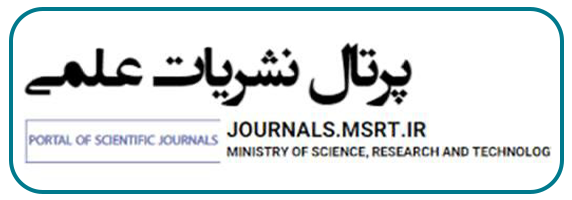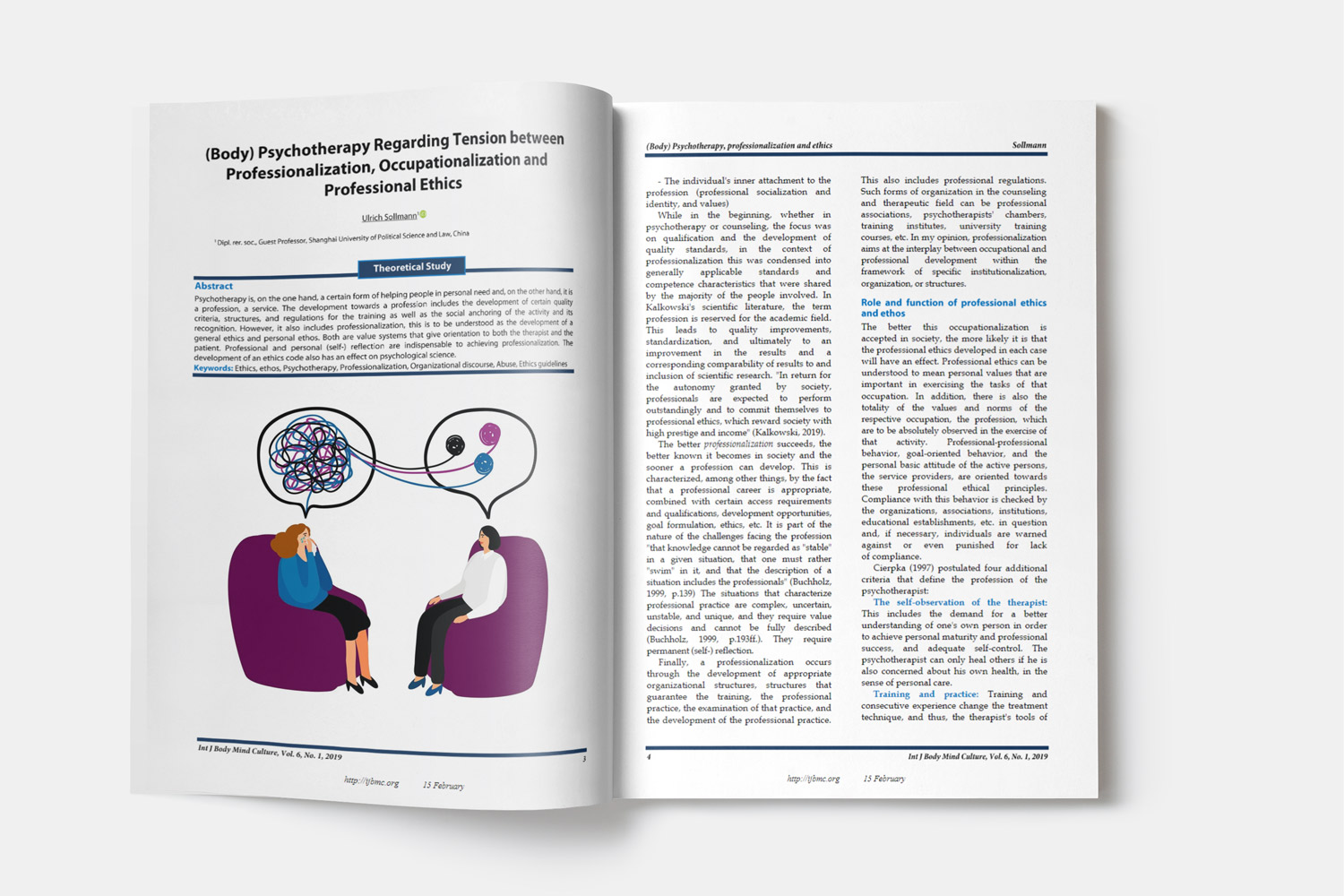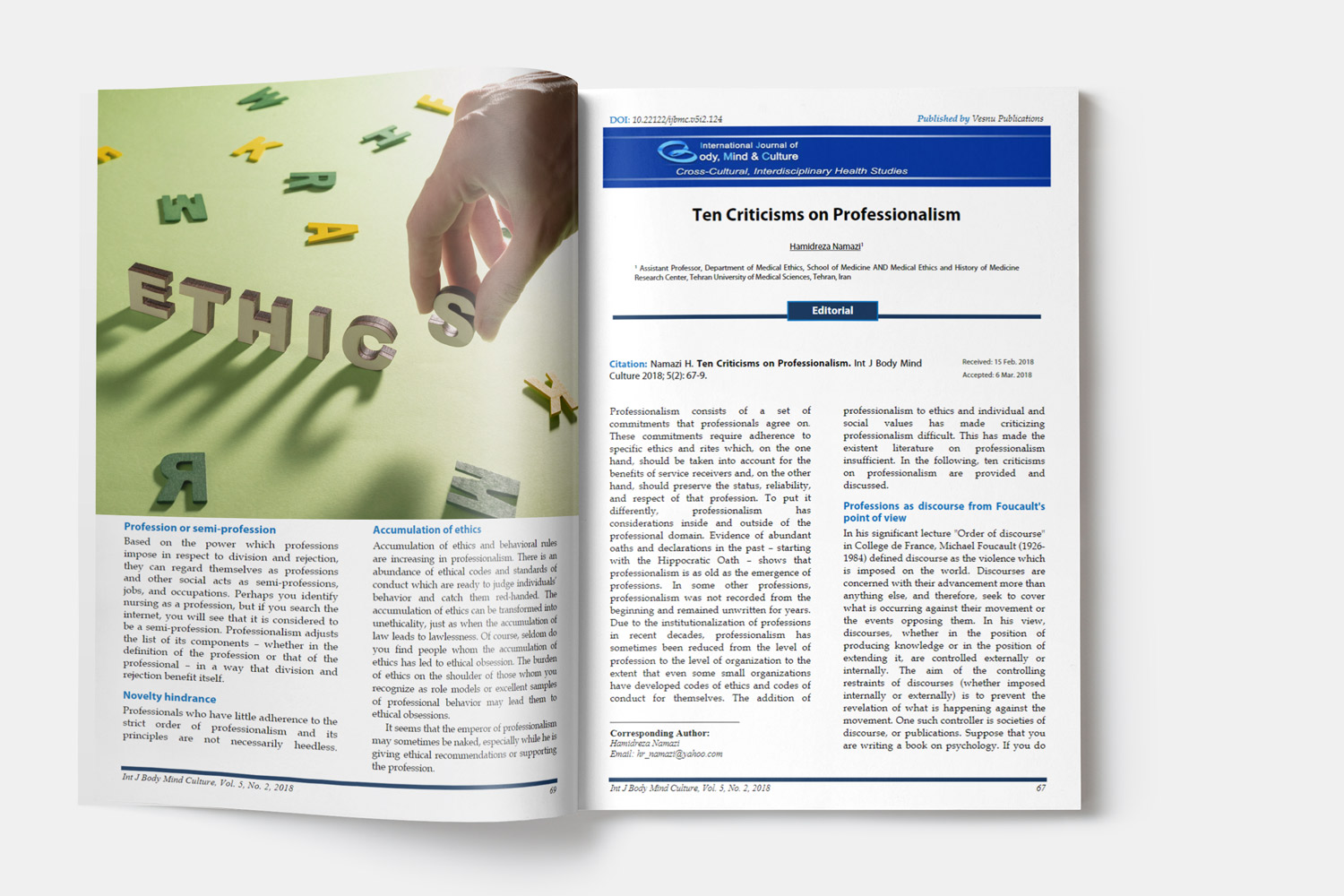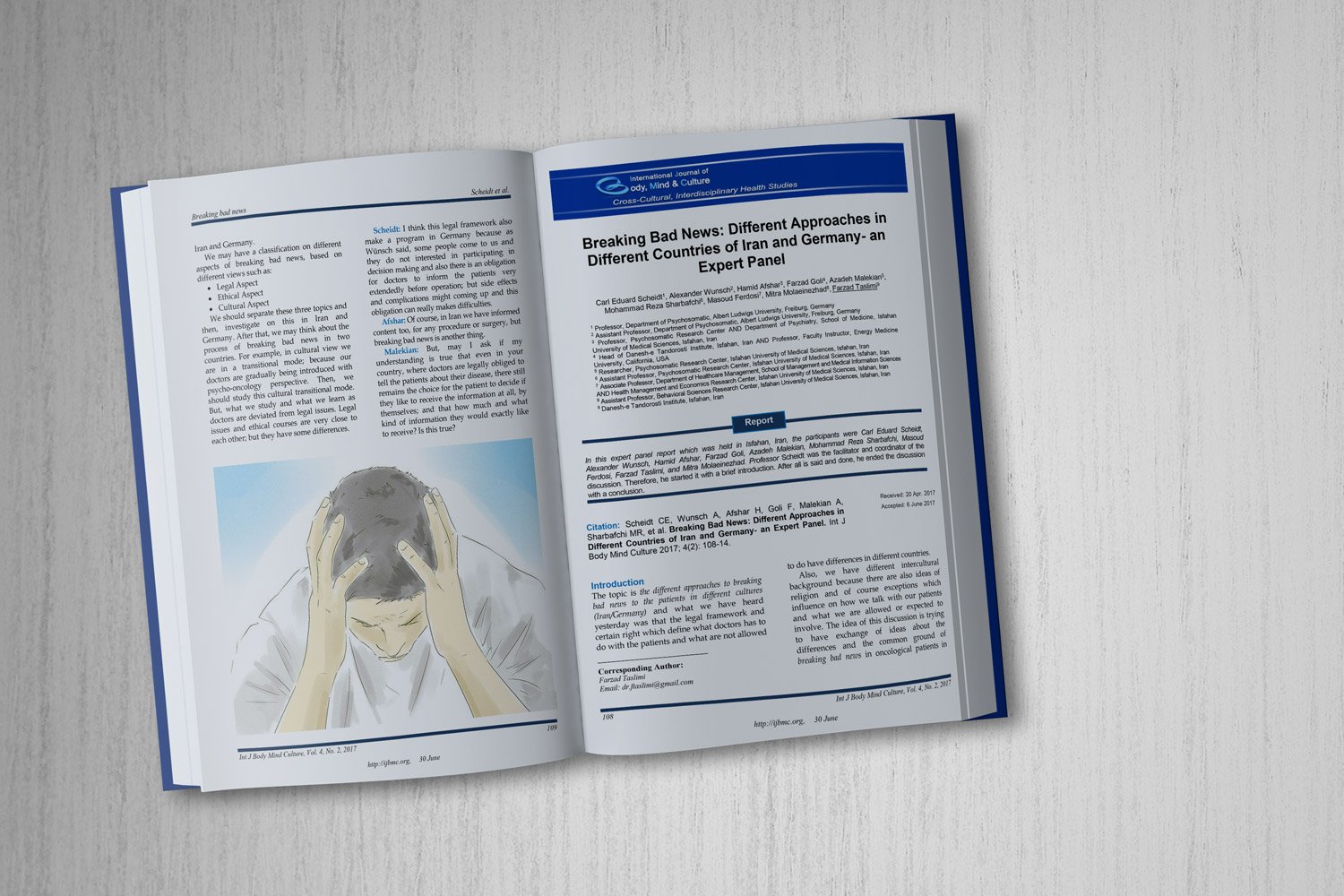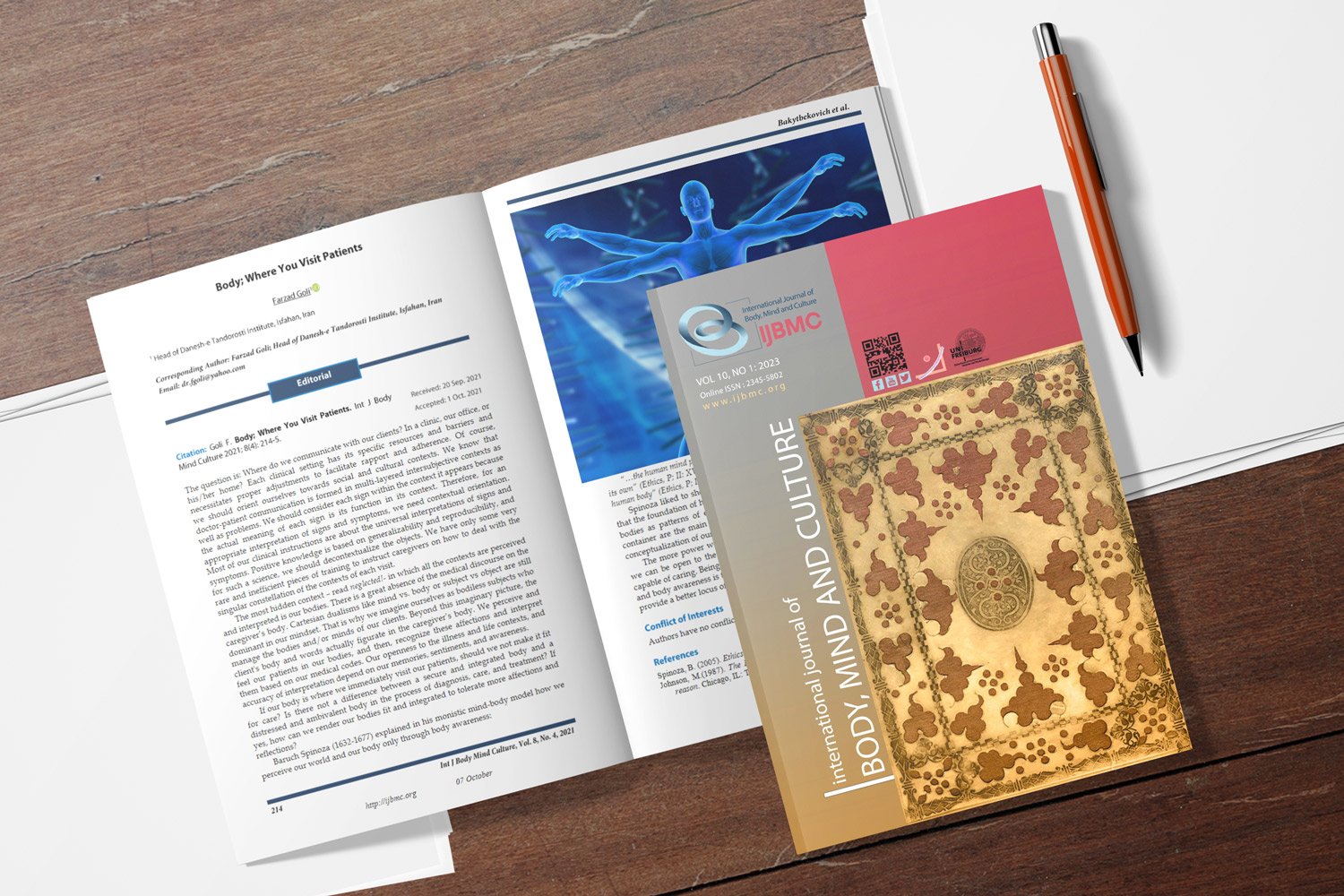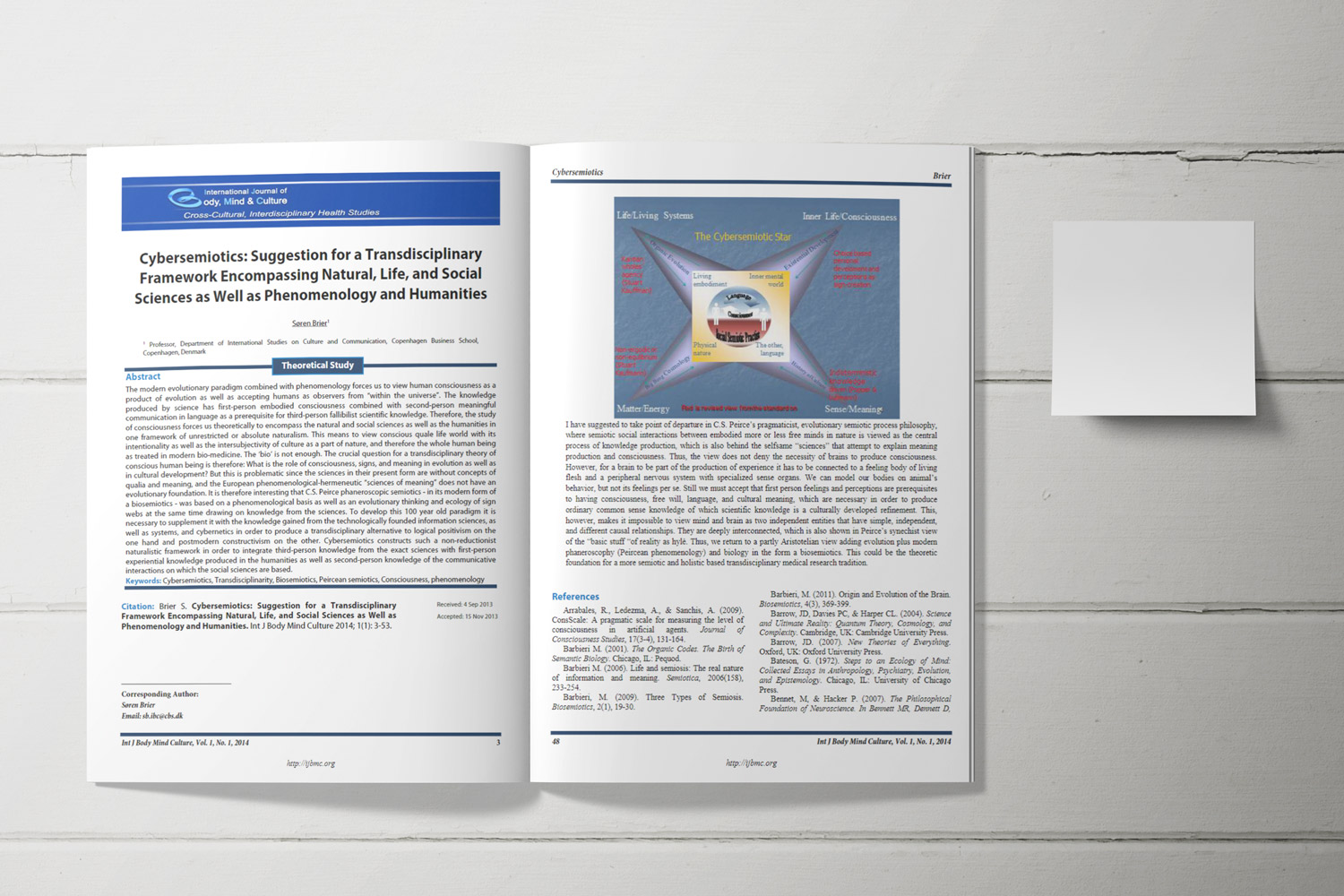Psychological Empowerment of Women Employees at a Iraqi University: Levels, Dimensions, and Demographic Correlates
Downloads
Objective: To estimate overall and dimensional levels of psychological empowerment among female employees at Al-Esra’a University, Baghdad, and to examine associations with sociodemographic factors.
Methods and Materials: We conducted a cross-sectional survey (January–April 2024) of 92 working women using a self-administered questionnaire. Psychological empowerment was measured using a 26-item adaptation of Spreitzer’s scale, which encompasses meaningfulness, impact, self-efficacy, and self-determination (3-point Likert scale: agree/undecided/disagree). Content validity was established by expert review. The internal consistency of the total scale was high (Cronbach’s α = 0.90). Descriptive statistics (means, SD) summarized empowerment; chi-square tests assessed associations with age, marital status, education, economic status, and job tenure.
Findings: The mean total empowerment score indicated a high level (2.77/3). Dimension means ranked as follows: meaningfulness (≈2.86), highest, then self-determination (≈2.79) and self-efficacy (≈2.71); perceived impact was lowest. Selected demographic characteristics demonstrated statistically significant associations with empowerment (p ≤ 0.05). While participants strongly endorsed responsibility for decisions and personal growth, items reflecting influence beyond the immediate role scored comparatively lower, indicating a potential leverage point for intervention.
Conclusion: Female employees reported high levels of psychological empowerment overall, driven primarily by the factors of meaningfulness and self-determination. Targeted organizational strategies—such as expanding participation in decision-making, clarifying role scope, and strengthening feedback loops—may enhance the “impact” dimension. Future research should employ probability sampling, finer response scales, and multivariable modelling to quantify effect sizes and address potential confounding factors.
Downloads
Abera, M., Nega, A., Tefera, Y., & Gelagay, A. A. (2020). Early marriage and women’s empowerment: the case of child-brides in Amhara National Regional State, Ethiopia. BMC international health and human rights, 20(1), 30. https://doi.org/10.1186/s12914-020-00249-5
Acharya, D. R., Bell, J. S., Simkhada, P., Van Teijlingen, E. R., & Regmi, P. R. (2010). Women's autonomy in household decision-making: a demographic study in Nepal. Reproductive health, 7(1), 15. https://doi.org/10.1186/1742-4755-7-15
Ahmad, N., & Oranye, N. O. (2010). Empowerment, job satisfaction, and organizational commitment: a comparative analysis of nurses working in Malaysia and England. Journal of nursing management, 18(5), 582-591. https://doi.org/10.1111/j.1365-2834.2010.01093.x
Alao, A. (2019). How telecentres contribute to women's empowerment in rural communities: A case study of the Western Cape, South Africa. http://hdl.handle.net/11427/30439
Amangala, E. A., & Wali, A. F. (2013). Internal marketing orientation, employee motivation, and bank performance. International Journal of Management Sciences, 1(2), 51-57. https://www.academia.edu/31817264/Internal_Marketing_Orientation_Employee_Motivation_and_Bank_Performance
Ananth, P., Babu, K. K., & Kalaivanan, S. (2017). Spectrum of Women's Empowerment in the Kashmir Valley. International Journal of Research in Social Sciences, 7(3), 190-196. https://10.30476/ijcbnm.2022.94547.2003
Bahri, N., Mirzaiinajmabadi, K., Esmaeily, H., & Roudsari, R. L. (2022). Women’s Empowerment Status in Menopausal Transition: A Cross-sectional Study. International journal of community-based nursing and midwifery, 10(4), 279. https://10.30476/IJCBNM.2022.94547.2003
Bakhshi, F., Shojaeizadeh, D., Sadeghi, R., Taghdisi, M. H., & Nedjat, S. (2017). The relationship between individual empowerment and health-promoting lifestyle among women NGOs in northern Iran. Electronic physician, 9(2), 3690. https://doi.org/10.19082/3690
Boateng, G. O., Kuuire, V. Z., Ung, M., Amoyaw, J. A., Armah, F. A., & Luginaah, I. (2014). Women’s empowerment in the context of Millennium Development Goal 3: A case study of married women in Ghana. Social Indicators Research, 115(1), 137-158. https://doi.org/10.1007/s11205-012-0212-8
Bolat, O. İ., Yüksel, M., & Bolat, T. (2016). The effects of paternalist and servant leadership styles on subordinates’ upward influence tactics. http://dx.doi.org/10.17740/eas.econ.2016-MSEMP-47
Champoux, J. E. (2010). Organizational behavior: Integrating individuals, groups, and organizations. Routledge. https://doi.org/10.4324/9780203872918
Deci, E. L., & Ryan, R. M. (2008). Hedonia, eudaimonia, and well-being: An introduction. Journal of Happiness Studies, 9(1), 1-11. https://doi.org/10.1007/s10902-006-9018-1
Elizabeth, G., & Zakkariya, K. (2013). A study on the effect of psychological empowerment on job satisfaction and job-related stress among the bank employees, Cochin University of Science and Technology. https://dyuthi.cusat.ac.in/jspui/bitstream/purl/5053/1/Dyuthi-%20T%202120.pdf
Fuad, N., & Bohari, K. (2022). Psychological women empowerment and women entrepreneurial success: A case study of micro-enterprise in Malaysia. Current Research in Psychology and Behavioral Science (CRPBS), 3(6), 1061. https://doi.org/10.54026/CRPBS/1061
Gigler, B.-S. (2014). Informational Capabilities: The missing link for understanding the impact of ICT on development. Closing the Feedback Loop, 17. https://doi.org/10.1596/978-1-4648-0191-4_ch2
Hall, M. (2008). The effect of comprehensive performance measurement systems on role clarity, psychological empowerment, and managerial performance. Accounting, organizations and society, 33(2-3), 141-163. https://doi.org/10.1016/j.aos.2007.02.004
Huang, X., Shi, K., Zhang, Z., & Cheung, Y. L. (2006). The impact of participative leadership behavior on psychological empowerment and organizational commitment in Chinese state-owned enterprises: The moderating role of organizational tenure. Asia Pacific Journal of Management, 23(3), 345-367. https://doi.org/10.1007/s10490-006-9006-3
Janik, M. (2013). Well-being of educators in selected secondary schools in Namibiahttps://repository.unam.edu.na/server/api/core/bitstreams/26f9ace1-6664-4338-804a-cadfddcab606/content
Kara, D. (2012). Differences in psychological empowerment perception of female employees working in the hospitality industry. Middle-East Journal of Scientific Research, 12(4), 436-443. https://DOI: 10.5829/idosi.mejsr.2012.12.4.6416
Khan, F., & Zafar, S. (2013). An empirical study of affective commitment across demographic groups in the banking sector of Pakistan. Pakistan Journal of Commerce and Social Sciences (PJCSS), 7(3), 555-563. https://hdl.handle.net/10419/188111
Koberg, C. S., Boss, R. W., Senjem, J. C., & Goodman, E. A. (1999). Antecedents and outcomes of empowerment: Empirical evidence from the health care industry. Group & organization management, 24(1), 71-91. https://doi.org/10.1177/1059601199241005
Kuzu, A. (2023). THE EFFECT OF PSYCHOLOGICAL EMPOWERMENT ON ORGANIZATIONAL CYNICISM: A RESEARCH ON UNIVERSITY STAFF. Yönetim Bilimleri Dergisi, 21(50), 1124-1145. https://doi.org/10.35408/comuybd.1317438
Lightfoot, S. L. (1986). On goodness in schools: Themes of empowerment. Peabody Journal of Education, 63(3), 9-28. https://doi.org/10.1080/01619568609538522
Lizar, A. A., Mangundjaya, W. L., & Rachmawan, A. (2015). The role of psychological capital and psychological empowerment on individual readiness for change. The Journal of Developing Areas, 49(5), 343-352. https://doi.org/10.1353/jda.2015.0063
Lockwood, P., Jordan, C. H., & Kunda, Z. (2002). Motivation by positive or negative role models: regulatory focus determines who will best inspire us. Journal of personality and social psychology, 83(4), 854. https://doi.org/10.1037/0022-3514.83.4.854
Mangundjaya, W. H., & Gandakusuma, I. (2013). The role of leadership & readiness for change to commitment to change. Romanian Economic and Business Review, 192. https://rebe.rau.ro/REBE-WI13S.pdf#page=192
Mangundjaya, W. L. (2019). Leadership, empowerment, and trust on affective commitment to change in state-owned organisations. International Journal of Public Sector Performance Management, 5(1), 46-62. https://doi.org/10.1504/IJPSPM.2019.096687
Mashuna, G., & Pieters, W. R. (2016). The Relation Between Psychological Empowerment and Turnover Intention at a Parastatal in Windhoek, Namibia. Namibia Journal of Managerial Sciences, 2(1-2), 126-151. https://doi.org/10.64375/gqfnd596
Medel-Anonuevo, C. (1995). Women, Education and Empowerment: Pathways towards Autonomy. UIE Studies 5. ERIC. https://unesdoc.unesco.org/ark:/48223/pf0000100662
Mert, P., & Özgenel, M. (2020). Relationships between power sources, psychological empowerment, school culture, and psychological climate: a structural equation modeling. E-International Journal of Educational Research. https://doi.org/10.19160/ijer.751727
O'Brien, J. J. (2018). Exploring Intersections Among the ACPA/NASPA Professional Competencies. Journal of College Student Development, 59(3), 274-290. https://doi.org/10.1353/csd.2018.0027
Ochoa Pacheco, P., Coello-Montecel, D., & Tello, M. (2023). Psychological empowerment and job performance: Examining serial mediation effects of self-efficacy and affective commitment. Administrative Sciences, 13(3), 76. https://doi.org/10.3390/admsci13030076
Pardo del Val, M., & Lloyd, B. (2003). Measuring empowerment. Leadership & Organization Development Journal, 24(2), 102-108. https://doi.org/10.1108/01437730310463297
Sanli, Ö. (2019). Examining the Effect of Teachers' Perception of Psychological Empowerment on the Stress Level They Perceive. Journal of Education and Training Studies, 7(8), 98-111. https://doi.org/10.11114/jets.v7i8.4283
Seibert, S. E., Wang, G., & Courtright, S. H. (2011). Antecedents and consequences of psychological and team empowerment in organizations: a meta-analytic review. Journal of Applied Psychology, 96(5), 981. https://doi.org/10.1037/a0022676
Sharaunga, S., Mudhara, M., & Bogale, A. (2019). Conceptualisation and measurement of women's empowerment revisited. Journal of Human Development and Capabilities, 20(1), 1-25. https://doi.org/10.1080/19452829.2018.1546280
Spreitzer, G. M. (2008). Taking stock: A review of more than twenty years of research on empowerment at work. Handbook of organizational behavior, 1, 54-72. https://doi.org/10.4135/9781849200448.n4
Spreitzer, G. M., & Doneson, D. (2005). Musings on the past and future of employee empowerment. Handbook of organizational development, 4, 5-10. https://books.google.com/books?id=VTOi1wmzQM4C&lpg=PA311&ots=TcT8WutZ_J&dq=Spreitzer%2C%20G.%20M.%2C%20%26%20Doneson%2C%20D.%20(2005).%20Musings%20on%20the%20past%20and%20future%20of%20employee%20empowerment.%20Handbook%20of%20organizational%20development%2C%204%2C%205-10.&lr=lang_en&pg=PA311#v=onepage&q&f=false
Suman, P., & Ankita, K. (2005). Empowerment of rural women. Social Action, 55, 349-353. https://cgspace.cgiar.org/server/api/core/bitstreams/6120ef96-87c2-4351-9616-20a4da3c6538/content
Tongo, C. I. (2015). Collective work motivation in knowledge-based organizations. Team Performance Management, 21(7/8), 386-404. https://doi.org/10.1108/TPM-06-2015-0030
Wang, G., Tsang, K. K., Bai, H., & Zhang, Y. (2025). Exploring the effects of empowering leadership on teachers’ career calling in China: The mediating role of psychological empowerment. Chinese Education & Society, 1-18. https://doi.org/10.1080/10611932.2025.2541591
Wei, W., Sarker, T., Żukiewicz-Sobczak, W., Roy, R., Alam, G. M., Rabbany, M. G., Hossain, M. S., & Aziz, N. (2021). The influence of women’s empowerment on poverty reduction in the rural areas of Bangladesh: Focus on health, education, and living standards. International journal of environmental research and public health, 18(13), 6909. https://doi.org/10.3390/ijerph18136909
Yazdanpanah, M., Ajili, A., Bakhtiyari, Z., & Dehghanpour, M. Research Paper Factors Affecting Rural Women Satisfaction and Loyalty Regarding Micro Credit Funds in Marvdasht and Ramhormoz Districts. https://sid.ir/paper/180836/en
Copyright (c) 2025 International Journal of Body, Mind and Culture

This work is licensed under a Creative Commons Attribution-NonCommercial 4.0 International License.






